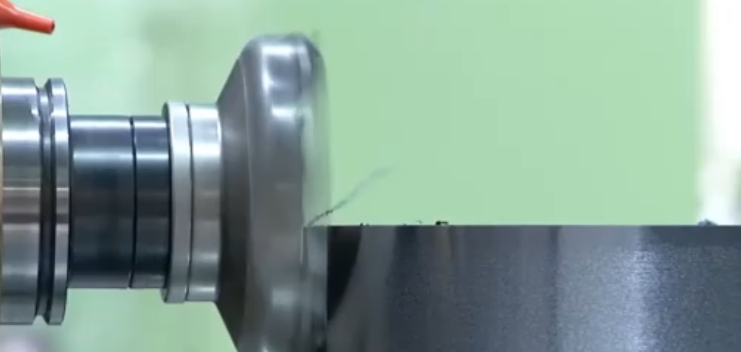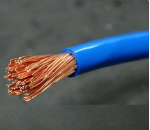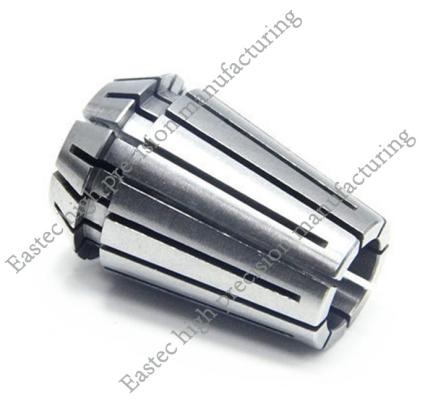
We deal with machining every day. Do you know what accuracy tolerance grades can be achieved by turning, milling, planing, grinding, drilling, and boring respectively?
The tolerance grade refers to the grade that determines the accuracy of the size. The national standard stipulates 20 grades, from IT01, IT0, IT1, IT2 to IT18. The larger the number, the lower the tolerance grade (machining accuracy), the larger the allowable variation range of the size (tolerance value), and the easier the machining.
According to different functions, product parts need to achieve different machining accuracies, and different machining forms and processes are selected. This article introduces the machining accuracies that can be achieved by several common machining forms such as turning, milling, planing, grinding, drilling, and boring.
Turning
Turning is a cutting process in which the workpiece rotates and the turning tool moves linearly or curvilinearly in a plane. Turning is generally carried out on a lathe to machine the inner and outer cylindrical surfaces, end faces, conical surfaces, formed surfaces, and threads of the workpiece.
The machining accuracy of turning is generally IT8 - IT7, and the surface roughness is 1.6 - 0.8μm.
- In rough turning, large cutting depths and large feed rates are used to improve turning efficiency without reducing the cutting speed. However, the machining accuracy can only reach IT11, and the surface roughness is Ra20 - 10μm.
- In semi - finishing and finishing turning, high - speed and small feed rates and cutting depths are used as much as possible. The machining accuracy can reach IT10 - IT7, and the surface roughness is Ra10 - 0.16μm.
- On a high - precision lathe, using a finely ground diamond turning tool to finish - turn non - ferrous metal parts at high speed can make the machining accuracy reach IT7 - IT5, and the surface roughness is Ra0.04 - 0.01μm. This kind of turning is called "mirror turning".
Milling
Milling refers to the use of a rotating multi - edged tool to cut the workpiece, which is a high - efficiency machining method. It is suitable for machining planes, grooves, various formed surfaces (such as splines, gears, and threads), and special surfaces of molds. According to whether the direction of the main motion speed during milling is the same as or opposite to the feed direction of the workpiece, it is divided into down - milling and up - milling.
The machining accuracy of milling can generally reach IT8 - IT7, and the surface roughness is 6.3 - 1.6μm.
- The machining accuracy of rough milling is IT11 - IT13, and the surface roughness is 5 - 20μm.
- The machining accuracy of semi - finishing milling is IT8 - IT11, and the surface roughness is 2.5 - 10μm.
- The machining accuracy of finishing milling is IT16 - IT8, and the surface roughness is 0.63 - 5μm.
Planing
Planing is a cutting method in which a planing tool makes a horizontal relative linear reciprocating motion on the workpiece, mainly used for the contour machining of parts.
The machining accuracy of planing can generally reach IT9 - IT7, and the surface roughness is Ra6.3 - 1.6μm.
- The machining accuracy of rough planing can reach IT12 - IT11, and the surface roughness is 25 - 12.5μm.
- The machining accuracy of semi - finishing planing can reach IT10 - IT9, and the surface roughness is 6.2 - 3.2μm.
- The machining accuracy of finishing planing can reach IT8 - IT7, and the surface roughness is 3.2 - 1.6μm.
Grinding
Grinding refers to a machining method that uses abrasives and grinding tools to remove excess materials from the workpiece. It belongs to finishing and is widely used in the machinery manufacturing industry.
Grinding is usually used for semi - finishing and finishing. The accuracy can reach IT8 - IT5 or even higher. The surface roughness of general grinding is 1.25 - 0.16μm.
- The surface roughness of precision grinding is 0.16 - 0.04μm.
- The surface roughness of ultra - precision grinding is 0.04 - 0.01μm.
- The surface roughness of mirror grinding can reach below 0.01μm.
Drilling
Drilling is a basic method for hole machining. Drilling is often carried out on a drilling machine or a lathe, and can also be carried out on a boring machine or a milling machine.
The machining accuracy of drilling is relatively low, generally only reaching IT10, and the surface roughness is generally 12.5 - 6.3μm. After drilling, reaming and reaming are often used for semi - finishing and finishing.
Boring
Boring is a cutting process that uses a tool to enlarge a hole or the inner diameter of other circular contours. Its application range generally ranges from semi - roughing to finishing. The tool used is usually a single - edged boring tool (called a boring bar).
- The boring accuracy for steel and iron materials can generally reach IT9 - IT7, and the surface roughness is 2.5 - 0.16μm.
- The machining accuracy of precision boring can reach IT7 - IT6, and the surface roughness is 0.63 - 0.08μm.





 Customer service 1
Customer service 1  Customer service 2
Customer service 2